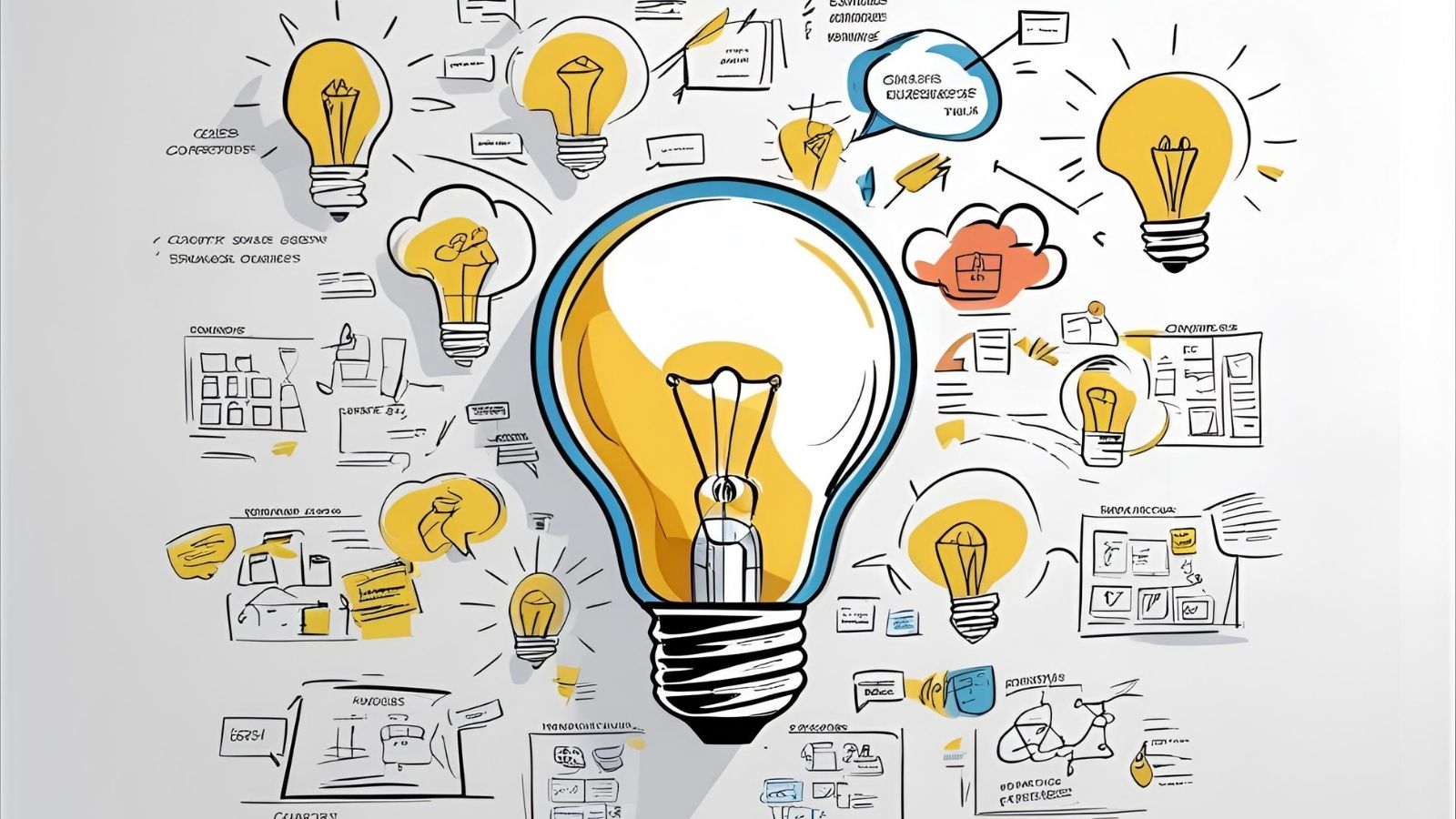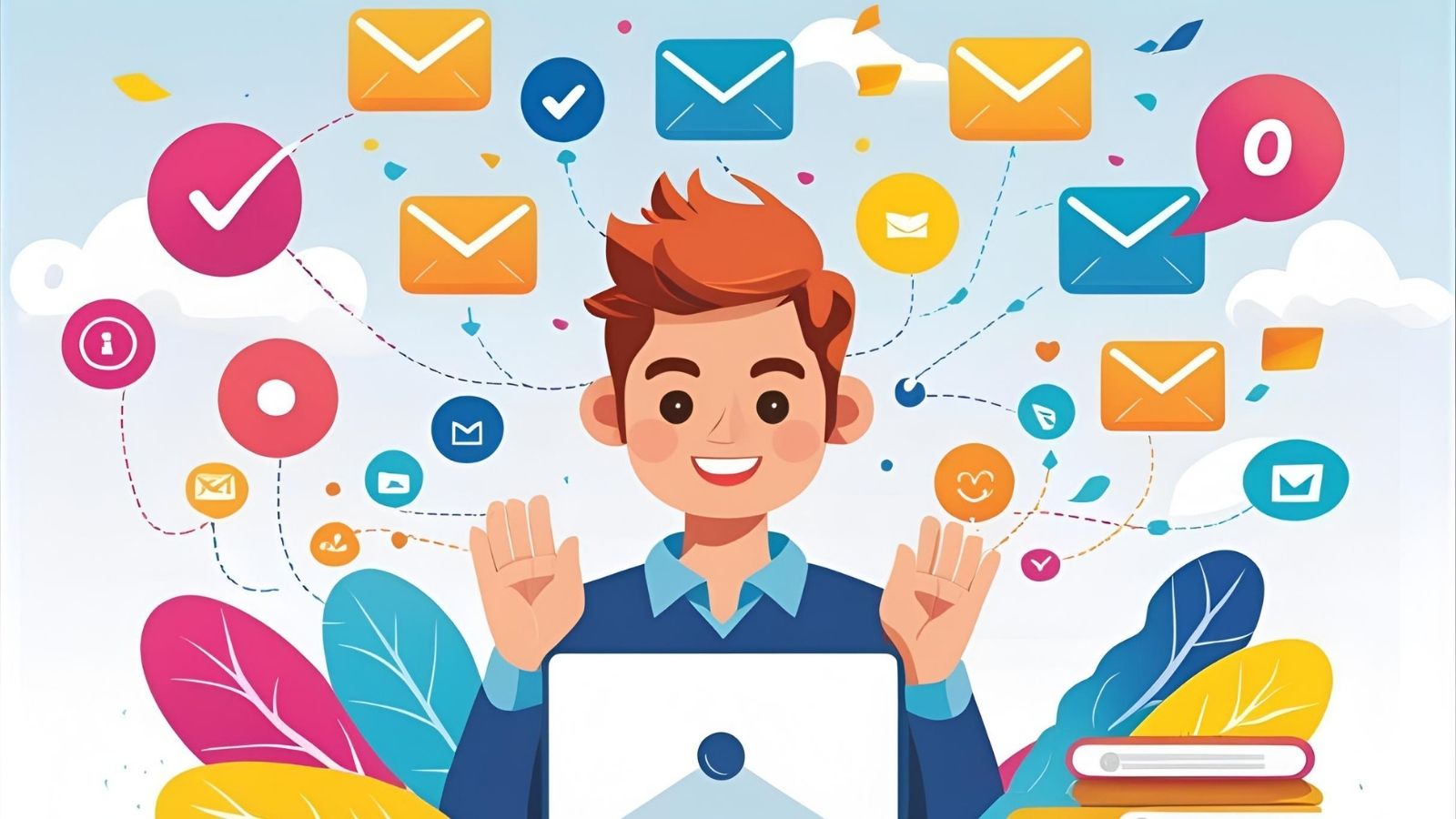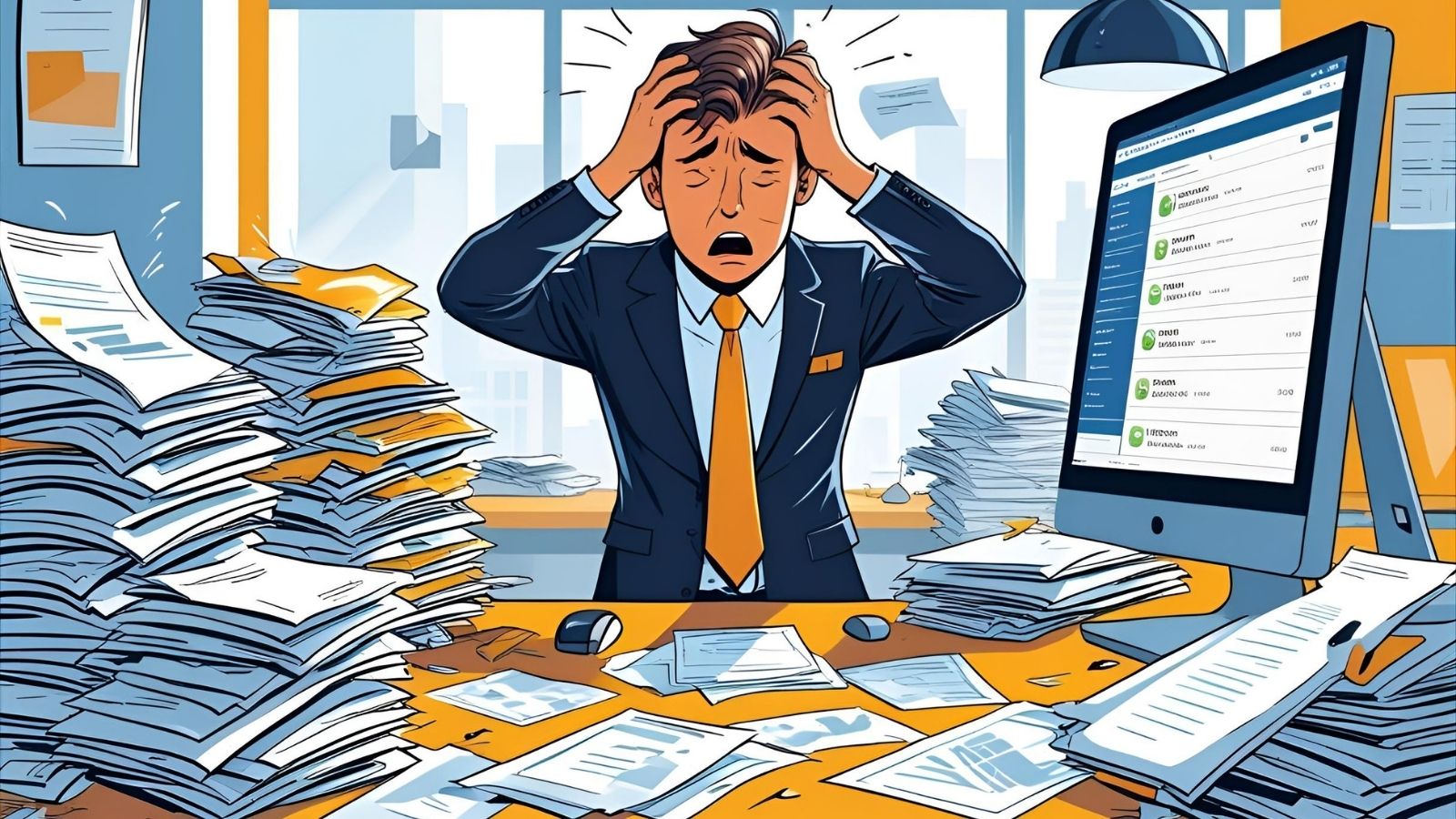In a world of social media algorithms and fleeting trends, it’s easy to think email is old news. But let’s be real: with an average return of $44 for every $1 spent, email marketing is still one of the most powerful tools for selling your products. Period.
The problem is, most people’s inboxes are a war zone. To win, you can’t just send more emails; you have to send smarter emails.
If you feel like your messages are getting lost in the noise, this is your playbook. Here are the essential strategies to turn your email list from a simple contact sheet into your most valuable sales asset.
- Stop Shouting into the Void (Segment Your Audience)
A one-size-fits-all email is a one-size-fits-none email. Sending the same message to your entire list is the fastest way to get ignored. Segmentation is the cure. It just means dividing your audience into smaller groups based on their interests or actions.
Think about it: a brand new subscriber needs a different message than a loyal customer who has bought from you five times. A customer who bought hiking boots needs different recommendations than one who bought a yoga mat.
Platforms like Mailchimp or Klaviyo make this easy. Start by creating simple segments:
New Subscribers: Send them a welcome series introducing your brand.
Past Purchasers: Thank them and show them related products.
Inactive Subscribers: Try to re-engage them with a special offer.
Personalized emails get results. It’s the difference between a generic flyer and a personal note.
- The Subject Line Is Your Bouncer (Get People to Open)
You could write the most brilliant email in the world, but if the subject line is boring, no one will ever read it. Your subject line has one job: get the email opened.
Be clear, be intriguing, or be urgent—but don’t be dull. Focus on the reader’s benefit.
Boring: “New Products Available”
Better: “Your workout just got an upgrade 💪”
Boring: “July Newsletter”
Better: “10-minute recipes for your busiest summer nights”
- The Email Body (Turn Readers into Buyers)
They opened it. Now what? Your email copy needs to be scannable, engaging, and persuasive.
Focus on benefits, not just features. A customer doesn’t just want a “waterproof jacket” (feature); they want to “stay warm and dry on their next adventure” (benefit). Tell them how your product will improve their life.
Use a conversational tone, short sentences, and plenty of white space. People don’t read emails; they scan them. Make it easy for them.
- The Call-to-Action (Tell Them Exactly What to Do)
Don’t be shy. Every promotional email needs a clear, strong Call-to-Action (CTA). This is the entire point of the email. You want them to click, so tell them to!
Use action-oriented language: “Shop the Collection,” “Grab Your Discount,” “Start Your Free Trial.”
Make it a big, bright, clickable button. Don’t hide it as a text link at the bottom.
Place it prominently, so they don’t have to hunt for it.
- Stop Guessing, Start Testing (A/B Test Everything)
What works for one audience might not work for another. The only way to know for sure is to test. A/B testing is simply showing one version of your email to a small part of your audience, and a second version to another part, to see which performs better.
You can test anything:
Subject lines (e.g., Question vs. Statement)
CTA button color (e.g., Red vs. Green)
Images (e.g., Product shot vs. Lifestyle shot)
Let the data tell you what your audience wants. It’s the fastest way to improve your results.
- Put It on Autopilot (Make Money While You Sleep)
Automation is your secret weapon for efficiency and sales. These are emails that send automatically based on a user’s action (or inaction). If you only set up two automations, make them these:
The Welcome Series: When someone new subscribes, automatically send them a series of 3-4 emails introducing your brand, sharing your best content, and offering a small discount. This builds trust from day one.
The Abandoned Cart Email: This is pure gold. When a customer adds a product to their cart but doesn’t buy, an automated email can remind them an hour later. These emails have incredibly high conversion rates.
- Check the Scoreboard (Know Your Numbers)
You can’t improve what you don’t measure. You don’t need to track dozens of metrics. Just focus on the big three:
Open Rate: Are your subject lines working?
Click-Through Rate (CTR): Is your email content and CTA compelling?
Conversion Rate: Are people actually buying?
These numbers will tell you the health of your email marketing and show you exactly where you need to focus your efforts.















